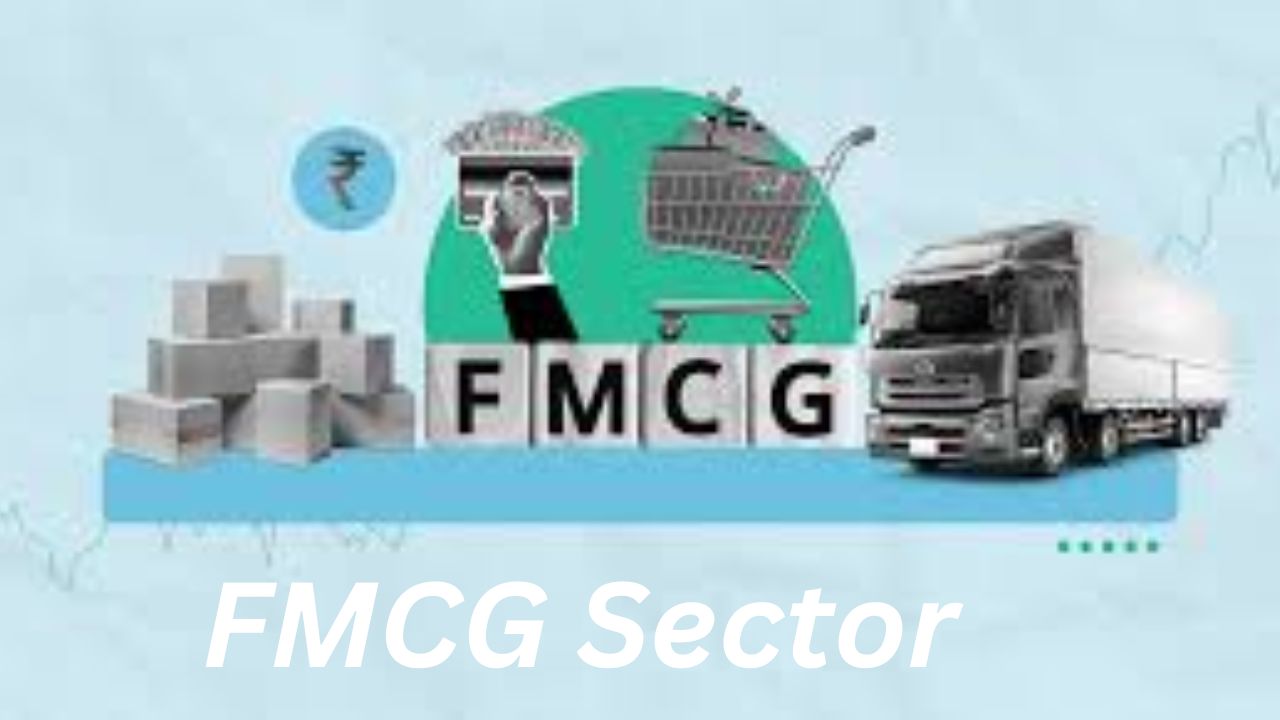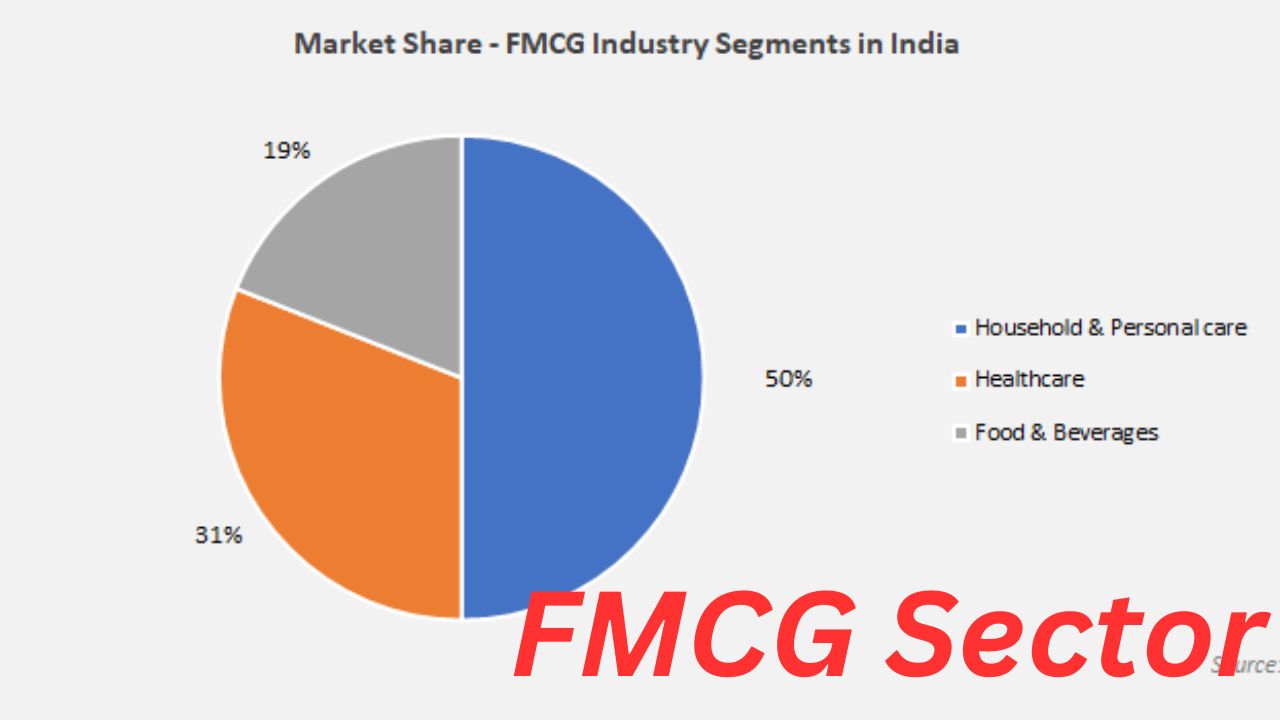FMCG-Fast Moving Consumer Goods Sector in India History & Growth
The fast-moving consumer goods (FMCG) industry, also known as the consumer packaged goods (CPG), is primarily in charge of manufacturing, distributing, and marketing fast-moving consumer goods.

Market Standards of FMCG: The Product market is India’s fourth largest economic sector. Home and personal care product lines account for 50% of industry sales, healthcare transactions for 31-32 percent, and food service for the residual 18-19%.
The most commonly Purchased FMCG
- Toiletries
- Products for the home
- Electronic items
- Food in a box
- cosmetics
Market size and anticipated growth rate of FMCG
The FMCG sector has Expanded at a rate of 21.4 %over the last ten years. From 2011 to 2017-2018, revenues in the FMCG sector increased dramatically, rising from 31.6 billion U.S. dollars to 52.8 billion.
The FMCG sector in India is projected to increase at a CAGR (Compounded Annual Increase) of 27.9 %in Real terms103.7 billion by 2020.
Read Also~What is Stocks? Know Definition & Meaning of Stocks- Top 20 Stocks
Furthermore, the rural FMCG market is expected to grow at a 14.6 %CAGR to approximately USD100 billion by 2020 and US$220 billion by 2025.
The sparsely populated setting accounts for about 40 %of total FMCG revenue, while the urban trying set accounts for 55 %of total FMCG revenue.
More than 65 % of Indians live in rural areas and spend roughly half of their total on FMCG products. The number of Indians purchasing consumer goods online is expected to hit 850 million by 2025.
Factors influencing the growth rate of FMCG
- Increased number of working women
- Increased brand awareness and recognition
- Rising disposable income and rising per capita spending
- Foreign investors are becoming more interested.
- Customers’ purchasing power has increased.
- Increased understanding of online shopping
- Consumer preferences are constantly changing.
- Government regulations and banking policies
Marketing motivation and research
Customers in India prioritise getting the best agreements and, as a result, are much less likely to stick with a brand. As a result, FMCG firms continually attempt to influence customers through promotional deals, and many industries offer combo deals to entice customers to purchase their products.

FMCG Technology
People have used the research online, procurement offline (ROPO) method since the advent of the internet. As a result, Organizations have installed advanced manufacturing machines to improve quality and have reduced their profit margins to compete.
Read Also~Marico Limited- Share/Stock Price, News & Updates
The low capital intensity of FMCG
Most FMCG companies require relatively little capital for investment opportunities in production facilities, machinery, equipment, and other capital equipment.
The revenue is typically five to eight times the initial investment capital at a fully upgraded production facility.
Companies have a low capital intensity because business transactions are still conducted on a credit and cash basis.
